Lofant: cultivation, use and application of this fragrant plant
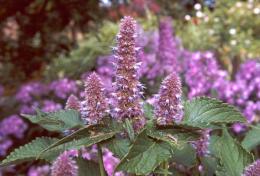
Lately, Lofant has been popular among gardeners and occupies the most honorable places. Anyone who has planted it at least once on their plot remains faithful to it for many years. What is the reason for such love for Lofant and what else is this fragrant plant famous for?
Content:
- Lofant - herb, spice or medicine?
- Planting, care and propagation
- Lofant variety
- The healing properties of Lofant
Lofant - herb, spice or medicine?
It has become fashionable to grow spicy and medicinal herbs on your property. Increasingly, in addition to the usual mint, Tarragon, Caraway, Savory, Elecampane, Oregano and other plants appear on the beds and flower beds. Each has its own merits, some are famous for their aroma, others for their decorative appearance, and others for their medicinal properties. How did Lofant win the hearts of gardeners?
Advantages:
- Decorative. Tall green bushes and beautiful spikes of inflorescences will decorate any area. The color of the ears can be white, lilac, blue, pink, orange and light blue. Length up to 20 cm. During the flowering period, the bushes are bright and elegant.
- Aroma. The essential oils contained in the plant have a strong odor, due to which Lofant is used in cooking. Greens are used to add a spicy taste to dishes. When preserving seeds and inflorescences. Raw materials can be either fresh or dried.
- Medicinal properties. Lofant is actively used in folk medicine.Tinctures, decoctions and water infusions are prepared from the ground parts of the plant, which not only have medicinal properties, but are also actively used in cosmetology to eliminate skin and hair problems.
- Honey plant. This is one of the most valuable properties of Lofant, thanks to which it has become so widespread. Thanks to long-term flowering, the plant is not inferior to honey trees in terms of the amount of pollen. Lofant-based honey has a wonderful aroma and is very healthy.
Lofant is grown in single bushes, beds and even plantations, which are located near apiaries. The plant blooms profusely and therefore is more profitable to grow as a honey plant than long-growing trees. Depending on the variety, Lofant can be annual or perennial. Winter resistance is also different. Often in northern regions, perennials are grown as annuals.
Planting, care and propagation
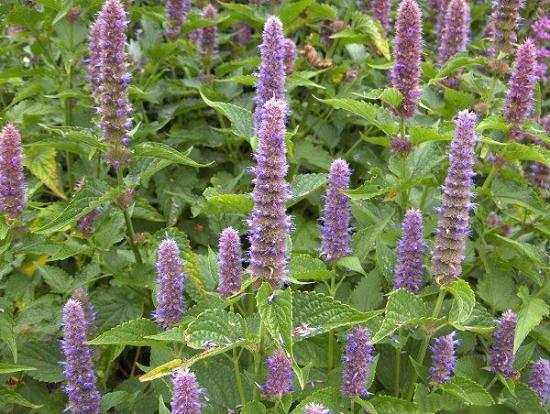
Lafant's great advantage is its unpretentiousness. Grows on any soil, but may respond to acidic, swampy and sandy areas with weak flowering. On fertile soils, bushes of some species can reach a height of 1.5 meters. Periodic cutting of flowering stems provokes the production of new branches, which promotes continuous flowering for up to 5 months. Lofant tolerates drought well, but responds to good watering and regular fertilizing with abundant flowering and good growth.
The plant can be propagated by dividing the bush, but it is more convenient to use seeds. They can be bought or collected after the ears have ripened. The seeds are small, the size of poppy seeds. Germination lasts 3 years. You can sow directly into the ground in early May; if the nights are cold, you need to cover the bed with film.
Shoots appear after 7 days.Sometimes the seedling method is practiced, but, as practice shows, this is an extra waste of time and effort. When propagating by a bush, part of the root with buds is cut off from an adult plant and buried. This can be done both in spring and autumn. The distance between bushes should be at least 25 cm, and row spacing 50-70 cm.
Lofant tolerates light frosts, in the middle zone for the winter it is advisable to rake the plantings with earth or leaves. The plant requires almost no care. While it is low, you need to remove weeds and loosen the soil. As the bushes grow, they spread out and other grasses underneath them simply stop growing. After cutting the greens, you can feed them with mullein. Lofant can grow in one place for up to 6 years, then it requires renewal.
Lofant variety
There are about 25 species in total. Among them there are both wild and cultivated representatives. Some are famous for their bright and lush inflorescences, while others are dull and faded. But almost all types have a special, individual aroma.
The most famous types of Lofant:
- Wrinkled (Tibetan). Perennial with small ears of yellow tints. The height of the bush is up to 1 meter. The aroma is moderately spicy, the leaves have a licorice flavor. Wrinkled Lofant greens are used in fresh salads. This species is not decorative and is more valued for its medicinal, taste, melliferous and aromatic properties. Grows well even in the shade under the canopy of trees. It is unpretentious and rarely causes difficulties when growing.
- Anisic. Has strong antimicrobial and antifungal effects. Valued for its medicinal properties and bright aroma. Greens contain acids: ascorbic, citric and malic. Plant height up to 1.5 meters. The leaves are green with a serrated edge.Inflorescences are lilac or blue.
- Lofant Barbera. It is distinguished by lush orange inflorescences. Plant height up to 70 cm. Stems are erect, leaves are gray-green. It grows naturally in the southern United States and Mexico. Prefers hot and dry climates. Does not reproduce by seeds, only vegetative way.
- Mountain. It grows naturally in Arizona and Mexico. The height of the bush is up to 1 meter. The leaves are light with a blue tint, lanceolate. The flowers are red-orange, the corolla reaches a diameter of up to 5 cm. It does not tolerate wintering well, so in the middle zone it is grown as an annual crop. The aroma is strong and comes out at the slightest touch.
Recently, breeders have developed several new varieties. They differ from each other in appearance, agricultural technology and color scheme.
The healing properties of Lofant
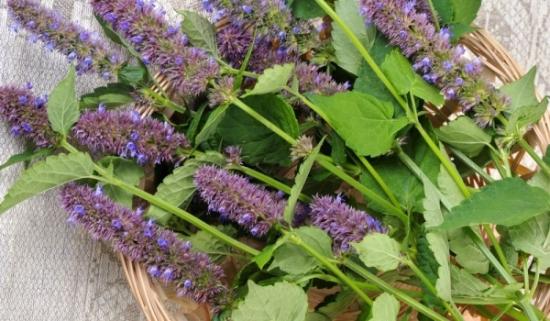
Tibetan Lofant is most often used in medicine, since this species has been glorified by monks for many hundreds of years.
What ailments will Lofant help you cope with:
- Angina pectoris, atherosclerosis
- Headache
- Digestive system diseases
- Colds
- Unhealed wounds
- Weakening of the immune system
Lofant has a pronounced wound-healing and anti-inflammatory effect. The plant normalizes blood pressure, removes toxins from the body and strengthens the immune system.
Contraindications to the use of Lofant:
- Low pressure
- Thrombophlebitis
In rare cases, an allergic reaction may occur. Also, you should not use Lofant if its aroma is poorly tolerated. Alcohol tinctures, infusions and oil extracts are prepared for treatment.
Preparation of Lofant:
- For an aqueous infusion, 2-3 tablespoons of the above-ground parts of the plant are poured into 400g. boiling water and infuse in a thermos.Take 100 ml 3 times a day before meals.
- For alcohol infusion 200 gr. the raw material is poured into a bottle of vodka and kept for about a month in a dark place, then filtered and the grass is squeezed out.
- Oil extracts are made from fresh herbs and used in cosmetology. To do this, the raw materials are crushed and filled with vegetable oil. Leave for a week and filter.
For skin problems, to restore its youth and elasticity, take baths with Lofant's decoction. For this, 200 gr. raw materials are boiled in 2 liters of water, filtered and poured into a warm bath. Take 10 minutes.
For bronchitis and tracheitis, steam inhalations are done over a herbal decoction. The water infusion is used to gargle for sore throats, as well as for the oral cavity for gum diseases and bleeding. Lofant has a positive effect on many organs and systems, but before starting treatment, you need to consult a doctor.
Lofant – useful plant, which can decorate any area. When choosing a variety, you first need to consider winter hardiness. If Lofant is planned to be grown for medicinal purposes, then it is better to give preference to Tibetan. Anise is suitable for culinary purposes, and any varieties can be used as honey plants.
Interesting video about anise lofant:
Interesting information about the vegetable garden

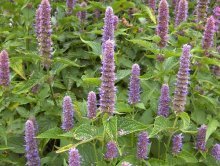

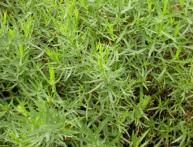
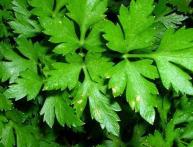
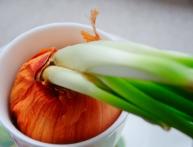
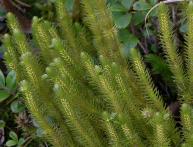
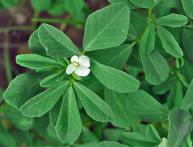
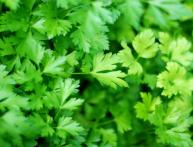
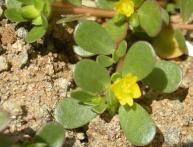
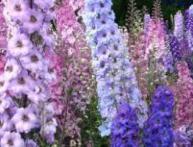
Comments
We have aniseed lofant growing in our dacha. We add it to tea in the summer and dry it for the winter. I really like the aroma and taste.